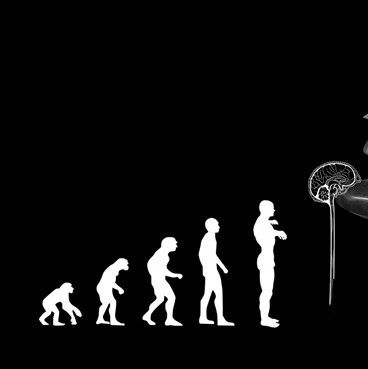根据科学家的预测,由于巴西扩张生物燃料种植园从而满足该国“绿色”燃料生产目标带来的潜在环境损害可能抵消从使用生物燃料得到的碳减排。
David Lapola及其同事使用了一个数学模型,以确定增加巴西生物燃料种植园的面积从而满足政府提出的2020年生物燃料生产目标带来的影响。
这组科学家发现,挪用牧场从而种植满足未来目标的生物燃料作物可能把牲畜推向亚马逊森林和巴西塞拉多草原,这可能带来需要大约250年时间才能通过使用生物燃料而偿还的碳债务。这组作者建议增加现有牧场的牲畜密度作为原栖息地森林砍伐的替代方案,并提出种植油棕榈而不是其他常见的生物燃料作物,从而让碳债务最小化。
这组作者说,这项研究可能帮助政府和管理机构建立促进可持续生物燃料制造和使用的标准和项目。
推荐原始出处:
PNAS February 8, 2010, doi: 10.1073/pnas.0907318107
Indirect land-use changes can overcome carbon savings from biofuels in Brazil
David M. Lapolaa,b,1, Ruediger Schaldacha, Joseph Alcamoa,c, Alberte Bondeaud, Jennifer Kocha, Christina Koelkinga, and Joerg A. Priesse
aCenter for Environmental Systems Research, University of Kassel, 34109 Kassel, Germany;
bInternational Max Planck Research School on Earth System Modelling, Max Planck Institute for Meteorology, 20146 Hamburg, Germany;
cUnited Nations Environment Programme, Nairobi, Kenya;
dPotsdam Institute for Climate Impact Research, 14412 Potsdam, Germany; and
eHelmholtz-Centre for Environmental Research, 04318 Leipzig, Germany
The planned expansion of biofuel plantations in Brazil could potentially cause both direct and indirect land-use changes (e.g., biofuel plantations replace rangelands, which replace forests). In this study, we use a spatially explicit model to project land-use changes caused by that expansion in 2020, assuming that ethanol (biodiesel) production increases by 35 (4) x 109 liter in the 2003-2020 period. Our simulations show that direct land-use changes will have a small impact on carbon emissions because most biofuel plantations would replace rangeland areas. However, indirect land-use changes, especially those pushing the rangeland frontier into the Amazonian forests, could offset the carbon savings from biofuels. Sugarcane ethanol and soybean biodiesel each contribute to nearly half of the projected indirect deforestation of 121,970 km2 by 2020, creating a carbon debt that would take about 250 years to be repaid using these biofuels instead of fossil fuels. We also tested different crops that could serve as feedstock to fulfill Brazil’s biodiesel demand and found that oil palm would cause the least land-use changes and associated carbon debt. The modeled livestock density increases by 0.09 head per hectare. But a higher increase of 0.13 head per hectare in the average livestock density throughout the country could avoid the indirect land-use changes caused by biofuels (even with soybean as the biodiesel feedstock), while still fulfilling all food and bioenergy demands. We suggest that a closer collaboration or strengthened institutional link between the biofuel and cattle-ranching sectors in the coming years is crucial for effective carbon savings from biofuels in Brazil.







